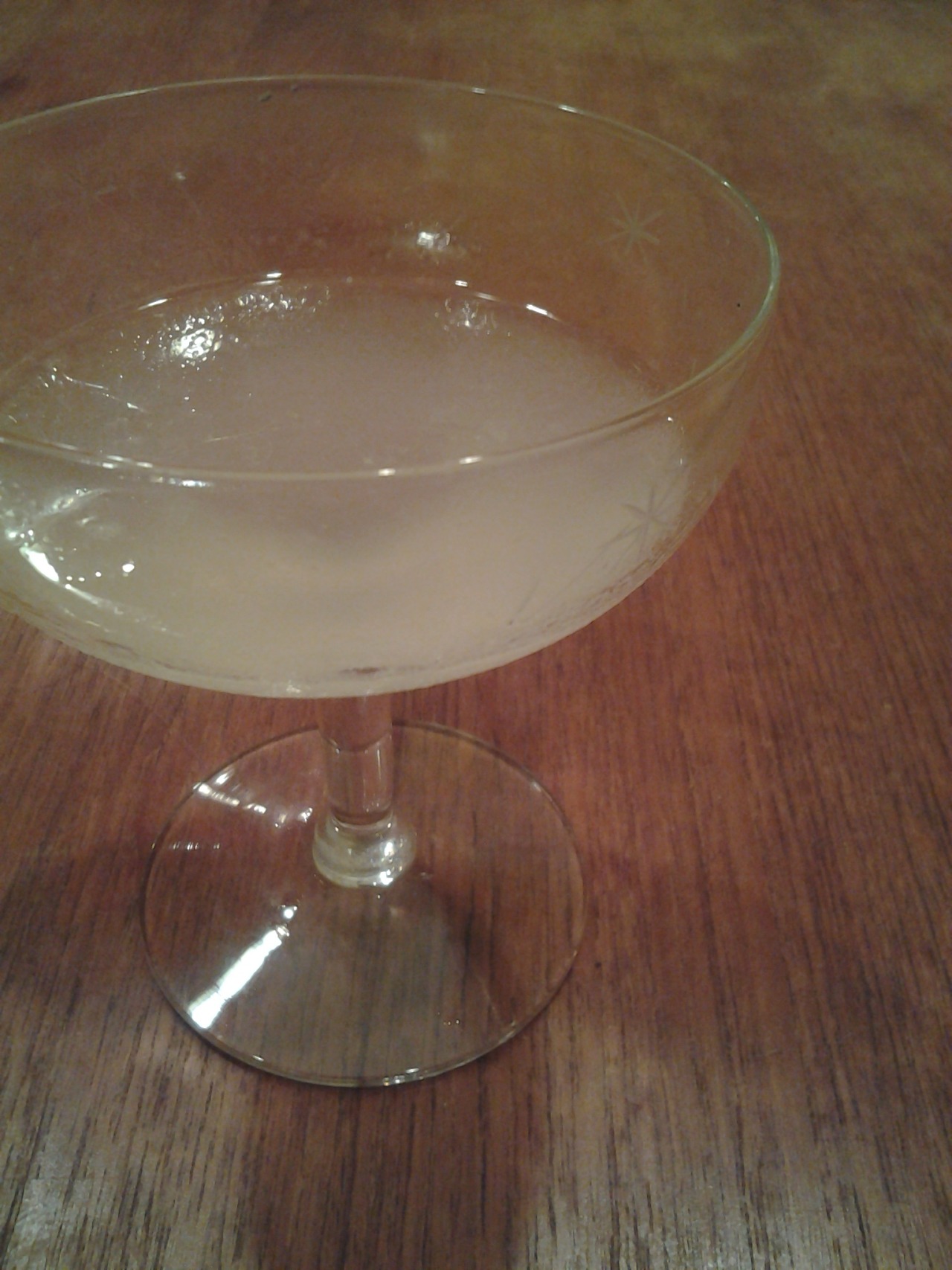
jake parrott, senior beverage advisor, intended a march for equality but it didn't turn out that way.
the tuition riot
1.5oz salers
0.75oz fresh lime
0.5oz combier
shake with ice, strain, season with a grain or two of salt.

the tuition riot
1.5oz salers
0.75oz fresh lime
0.5oz combier
shake with ice, strain, season with a grain or two of salt.
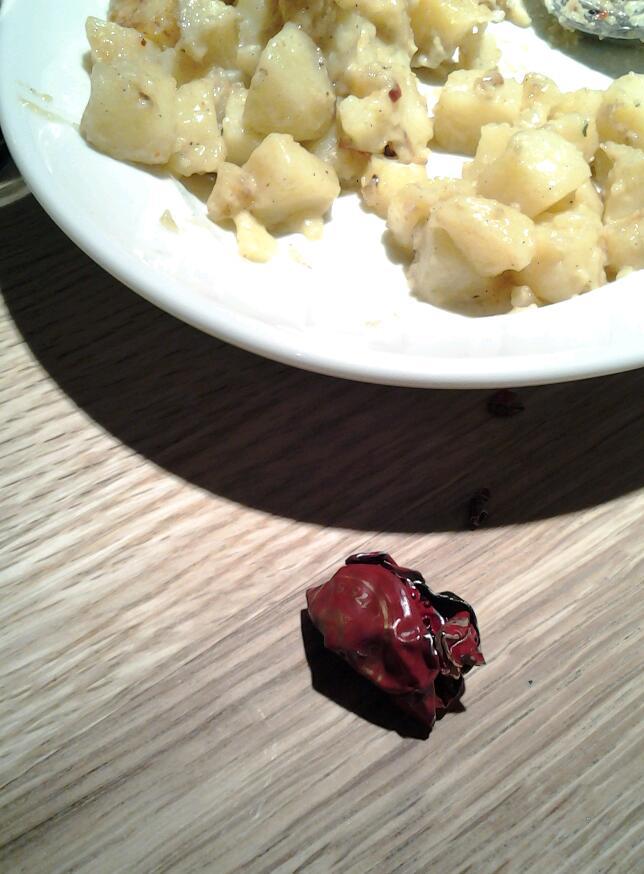

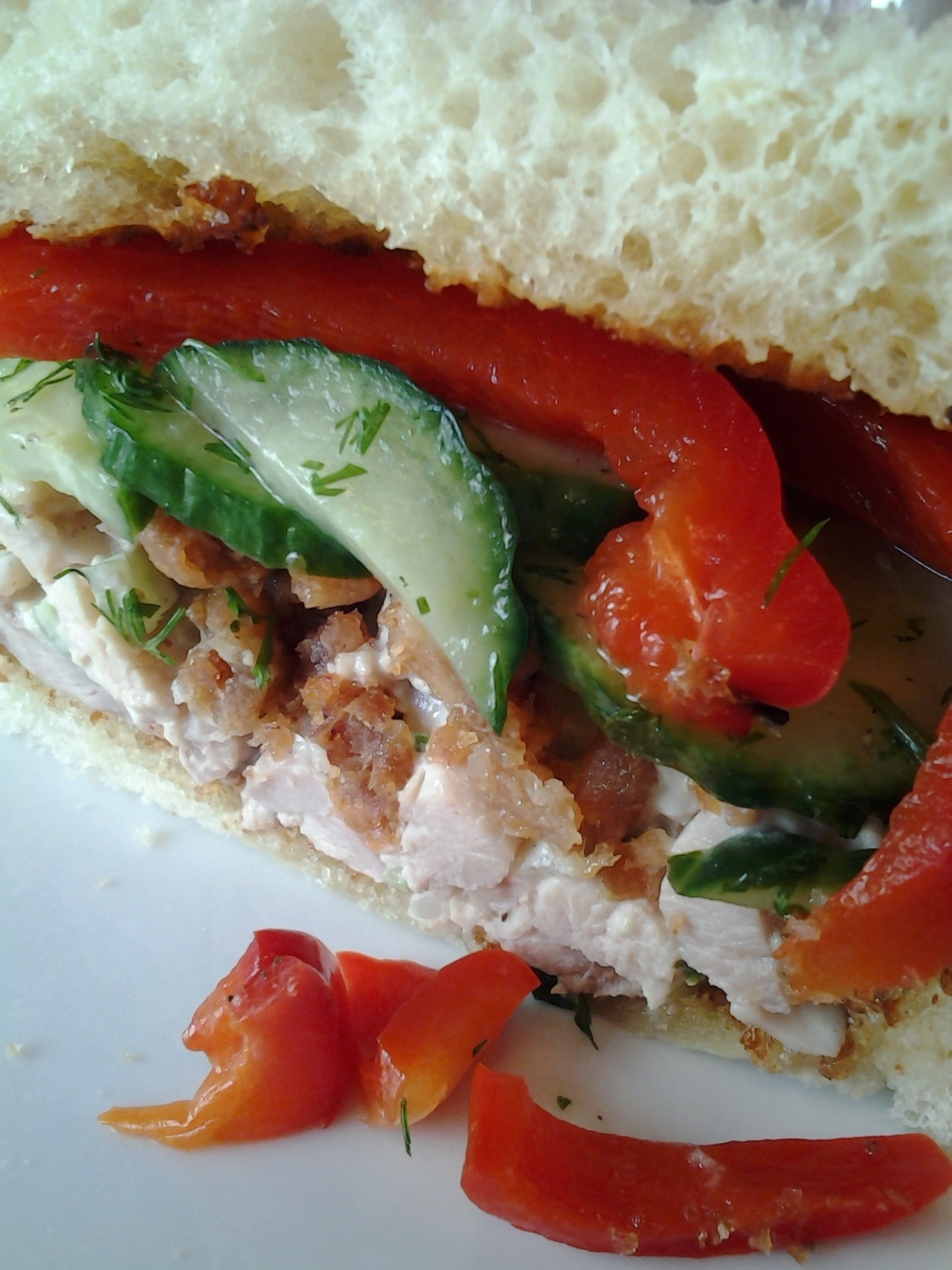

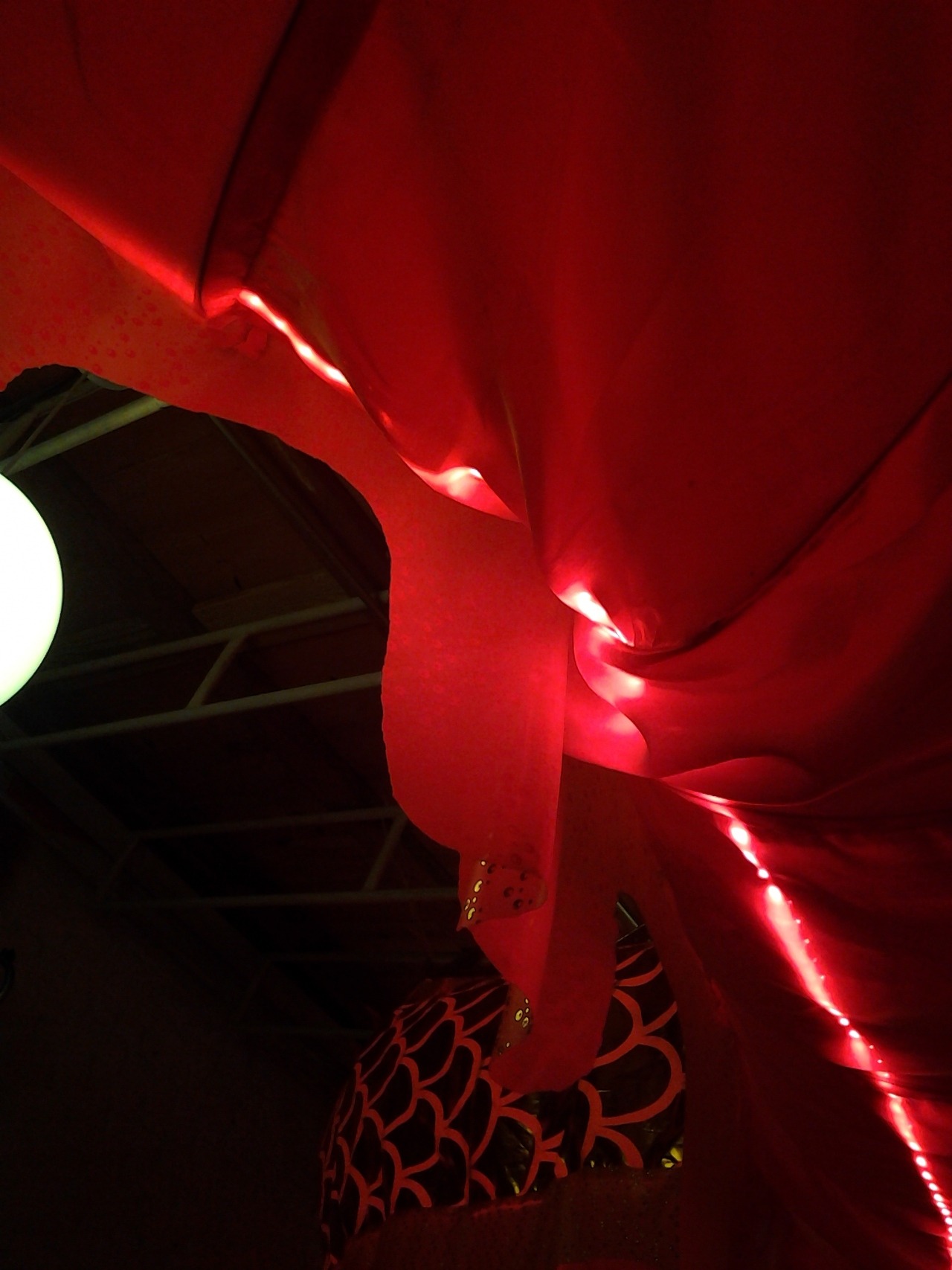
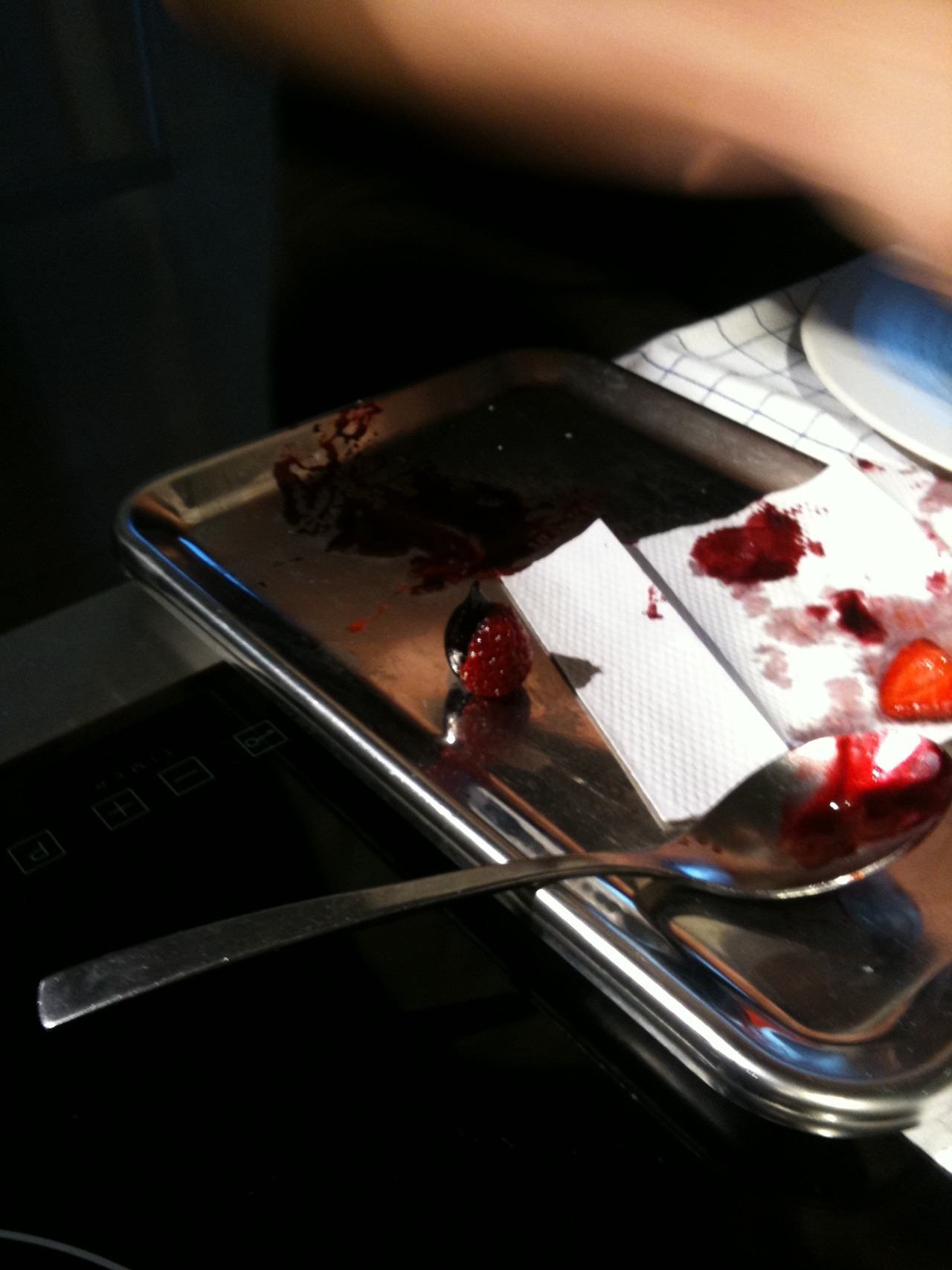
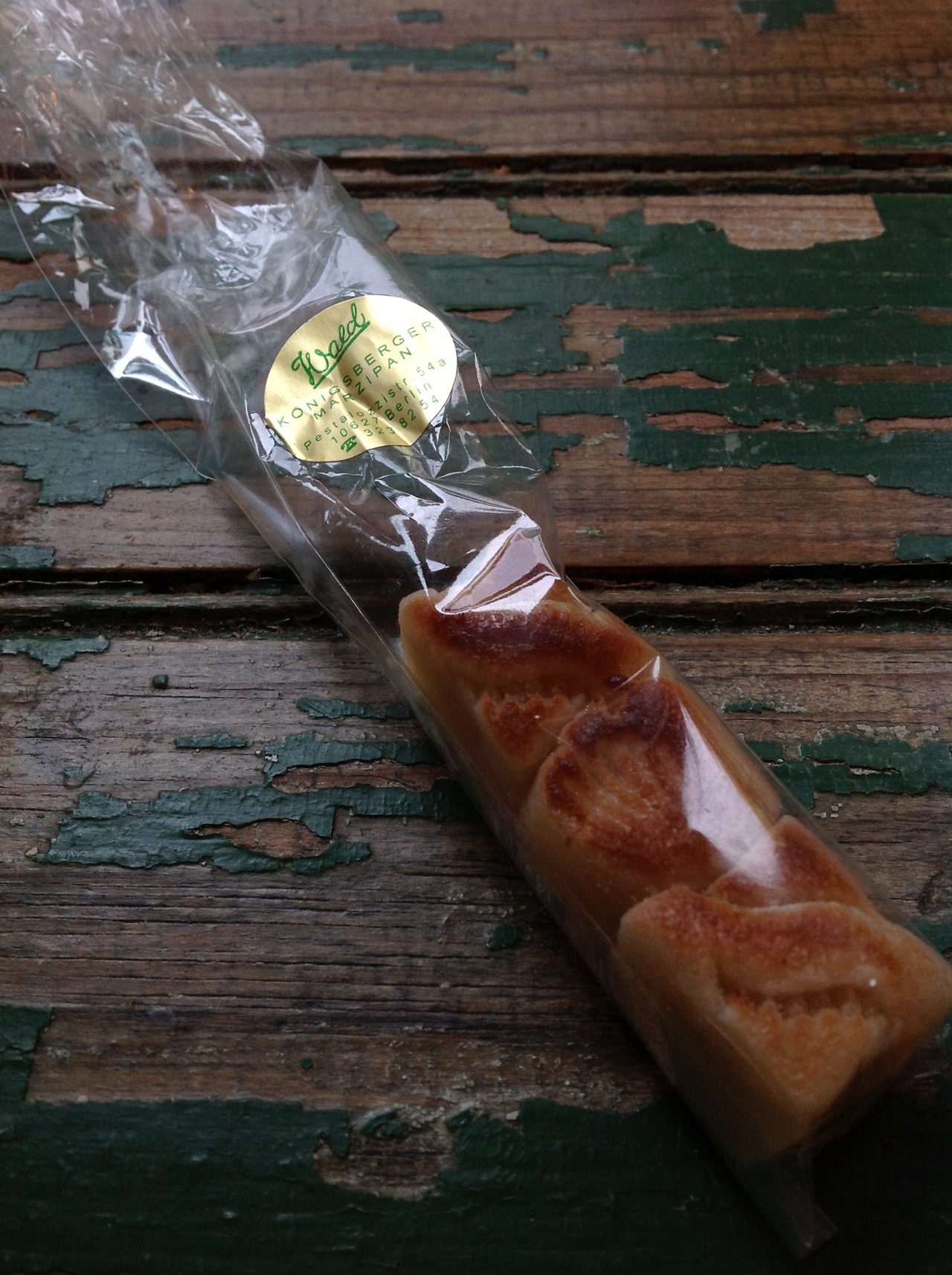
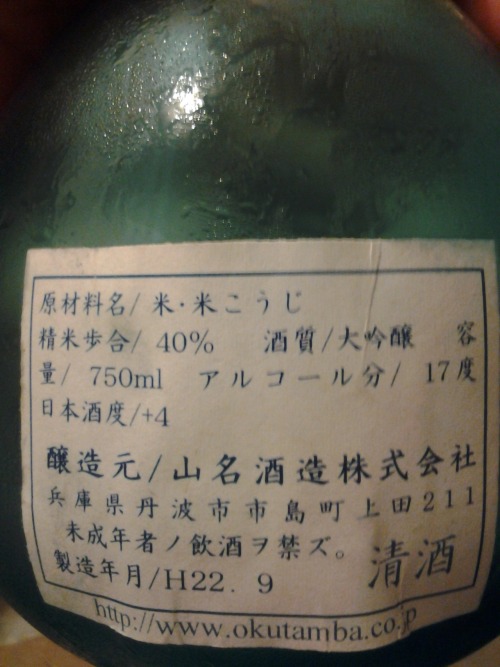
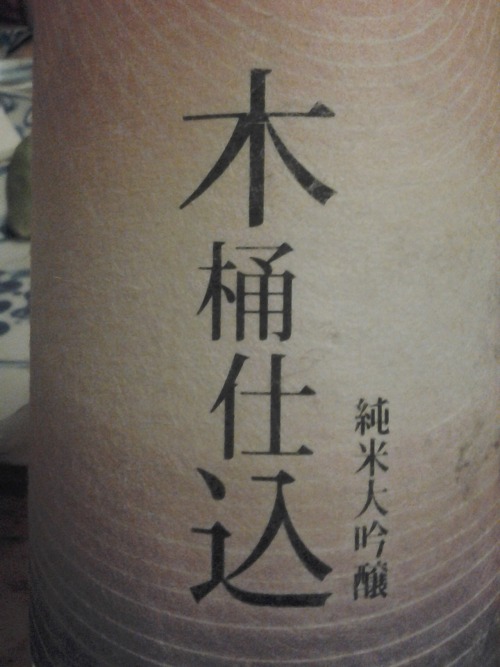
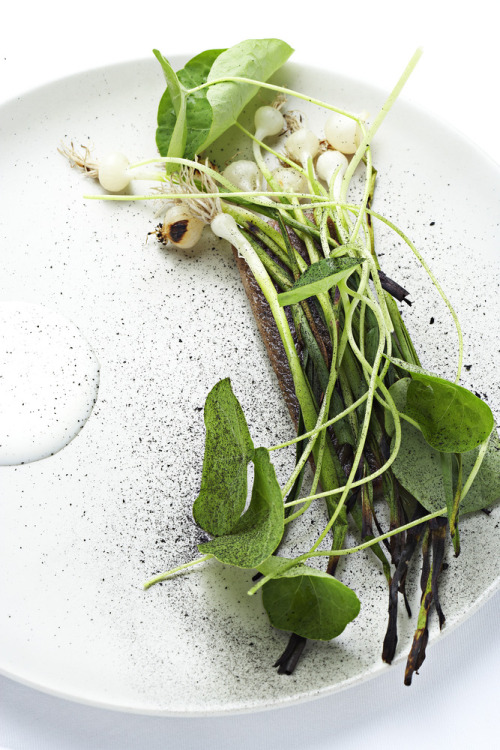


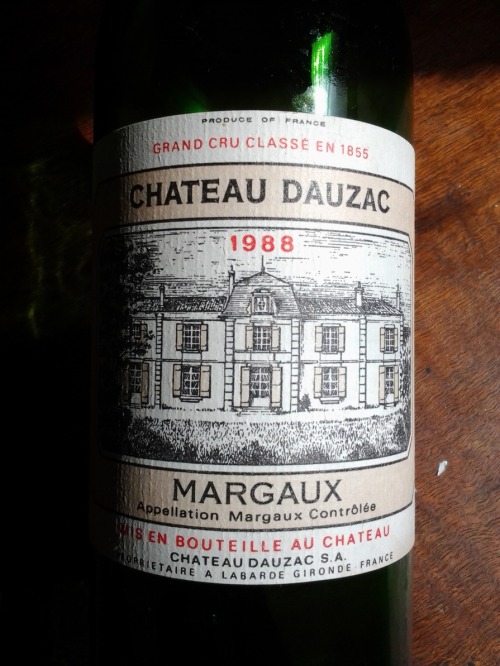
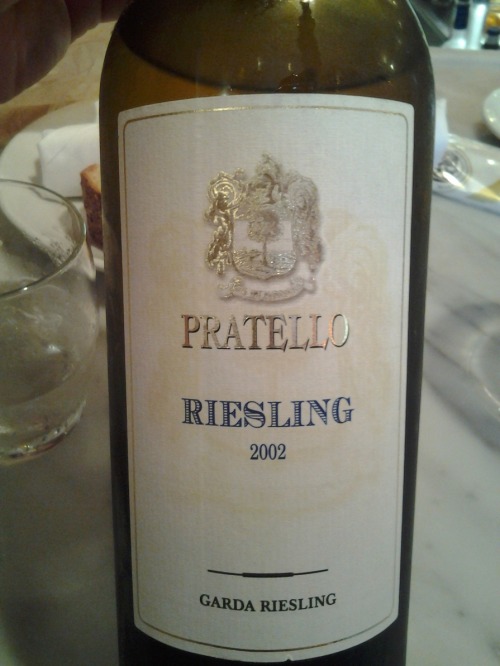
It is against sanctimony and base prudence that much of my argument is directed, not in order to encourage vice, but in order to show that wine is compatible with virtue. The right way to live is by enjoying one’s faculties, striving to like and if possible to love one’s fellows, and also to accept that death is both necessary in itself and a blessed relief to those whom you would otherwise burden. The health fanatics who have poisoned all our natural enjoyments ought, in my view, to be rounded up and locked together in a place where they can bore each other rigid with their futile nostrums for eternal life. The rest of us should live out our days in a chain of linked symposia, in which the catalyst is wine, the means conversation, the goal a serene acceptance of our lot and a determination not to outstay our welcome ... Wine, drunk at the right time, in the right place and the right company, is the path to meditation, and the harbinger of peace.
roger scruton, i drink, therefore i am.
庖丁为文惠君解牛,手之所触,肩之所倚,足之所路履,膝之所倚, 砉然响然,奏刀豁然 ,莫不中音。合于桑林之舞,乃中经首之会。文惠君曰:“嘻, 善哉!技盖至此乎?” 庖丁释刀对曰:“臣之所好者道也,进乎技矣。始臣之解牛之时,所见无非牛者。三年之后,未尝见全牛也。方今之时,臣以神遇而不以目视,官知止而神欲行。依 乎天理,批大郄,导大髋,因其固然。技(枝)经肯綮之未尝,而况大骨乎!良庖岁更刀,割也;族庖月更刀,折也。今臣之刀十九年矣,所解数千牛矣,而刀刃若 新发于硎。彼节者有间,而刀刃者无厚,以有閒入无厚,恢恢乎其于游刃必有余地矣,是以十九年而刀刃若新发于硎。虽然,每至于族,吾见其难为,怵然为戒,视 为止,行为迟,动刀甚微,然已解,如土委地。提刀而立,为之四顾,为之踌躇满志,善刀而藏之。” 文惠君曰:“善哉!吾闻庖丁之言,得养生焉。fortunately for you (and me), here is the least egregious of the translations of this passage:
His cook was cutting up an ox for the ruler Wen Hui. Whenever he applied his hand, leaned forward with his shoulder, planted his foot, and employed the pressure of his knee, in the audible ripping off of the skin, and slicing operation of the knife, the sounds were all in regular cadence. Movements and sounds proceeded as in the Dance of the Mulberry Forest and the blended notes of the King Shou. The ruler said, 'Ah! Admirable! That your art should have become so perfect!' (Having finished his operation), the cook laid down his knife, and replied to the remark, 'What your servant loves is the method of the Dao, something in advance of any art. When I first began to cut up an ox, I saw nothing but the entire carcase. After three years I ceased to see it as a whole. Now I deal with it in a spirit-like manner, and do not look at it with my eyes. The use of my senses is discarded, and my spirit acts as it wills. Observing the natural lines, (my knife) slips through the great crevices and slides through the great cavities, taking advantage of the facilities thus presented. My art avoids the membranous ligaments, and much more the great bones. A good cook changes his knife every year; (it may have been injured) in cutting. An ordinary cook changes his every month; (it may have been) broken. Now my knife has been in use for nineteen years; it has cut up several thousand oxen, and yet its edge is as sharp as if it had newly come from the whetstone. There are the interstices of the joints, and the edge of the knife has no (appreciable) thickness; when that which is so thin enters where the interstice is, how easily it moves along! The blade has more than room enough. Nevertheless, whenever I come to a complicated joint, and see that there will be some difficulty, I proceed anxiously and with caution, not allowing my eyes to wander from the place, and moving my hand slowly. Then by a very slight movement of the knife, the part is quickly separated, and drops like (a clod of) earth to the ground. Then standing up with the knife in my hand, I look all round, and in a leisurely manner, with an air of satisfaction, wipe it clean, and put it in its sheath.' The ruler Wen Hui said, 'Excellent! I have heard the words of my cook, and learned from them the nourishment of (our) life.'this passage describes action marked by elegance and economy of means, made possible by extensive and intensive knowledge and a particular approach to action. this approach also permeates dôgen's instructions for chef monks; these tenzo kyōkun (written "as instruction for accomplished practitioners of the way in the future") are worth reading.
The heart of real buckwheats, after all, is fragile, gentle, slow-beating, and indisputably alive ... Made into a batter sparked to life with some sourdough starter, left to ferment and mellow overnight, then sweetened in the morning with a little molasses, and baked on a griddle, the resulting soft, flannel-textured flapjack, with its delicate flavor and nutty, tangy aftertaste, is the pancake ethereal.
john thorne, serious pig


Life is too short for me to approach a meal with the mincing steps of a Japanese prostitute.
jim harrison, "eat or die," in the raw and the cooked.

It’s the exquisite blandness of mayonnaise that I adore almost more than anything. In these times—when cookery seems to demand so much punch and flavour, so much absurd invention—my little lidded pot of mayonnaise sits in the fridge, a simple, reassuring balm.
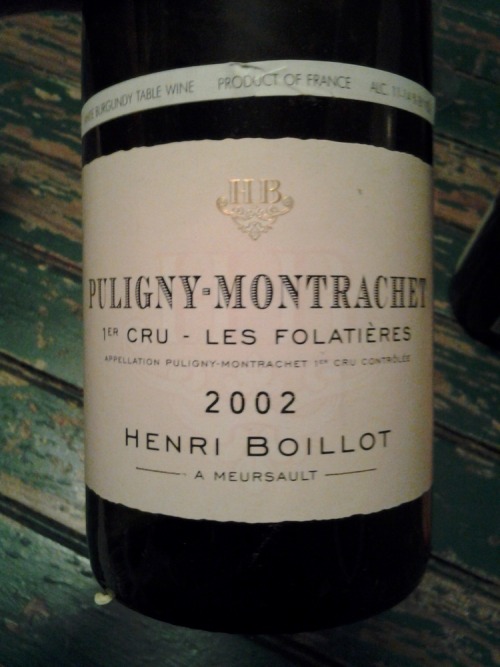
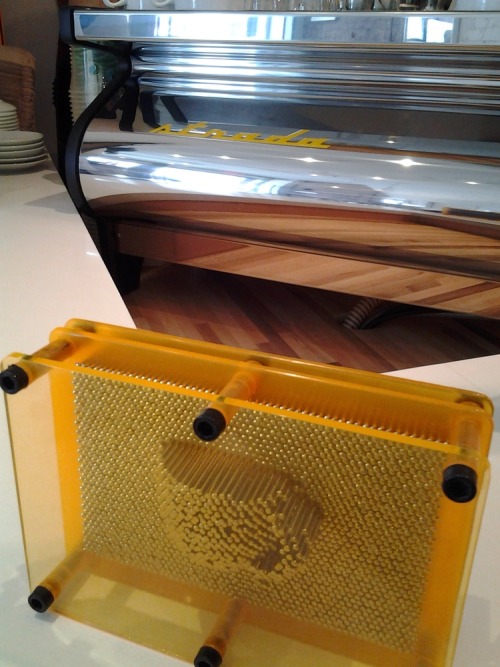
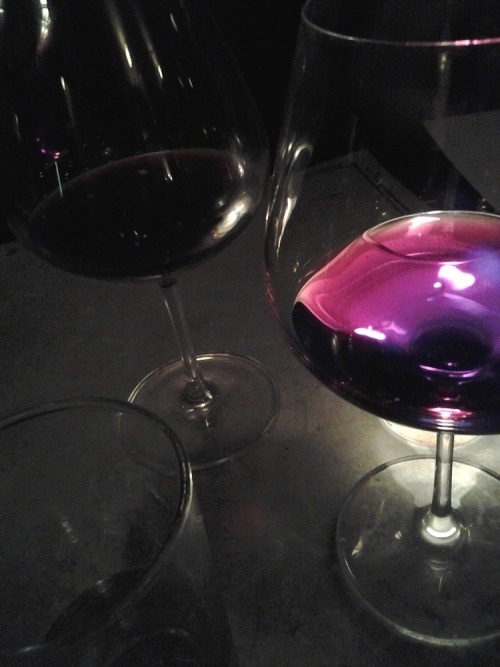

4: la cigarerra manzanilla sherrylet's not mince words: this is a great drink. low in alcohol, high in nuance. it has the balance, mild fresh walnut and hazelnut flavours, floral notes, and briny minerality of a bamboo made with manzanilla and a good dry vermouth. it has a more bitter citrus aroma and sweetness from the triple sec, a bit of bite from the cocchi, balancing acid from the lemon, and smoke from the ardbeg. not what i expected but precisely what i wanted.
1: luxardo triplum triple sec
1: cocchi aperitivo americano
1: fresh lemon juice
combined and stirred with ice, then strained into a cold lowball rinsed with ardbeg.
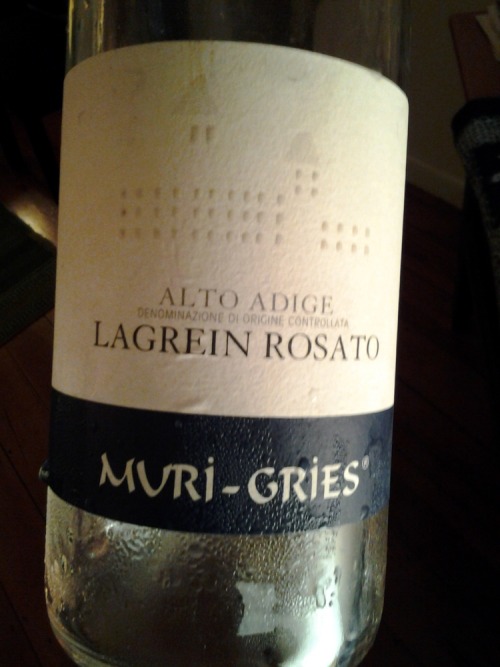
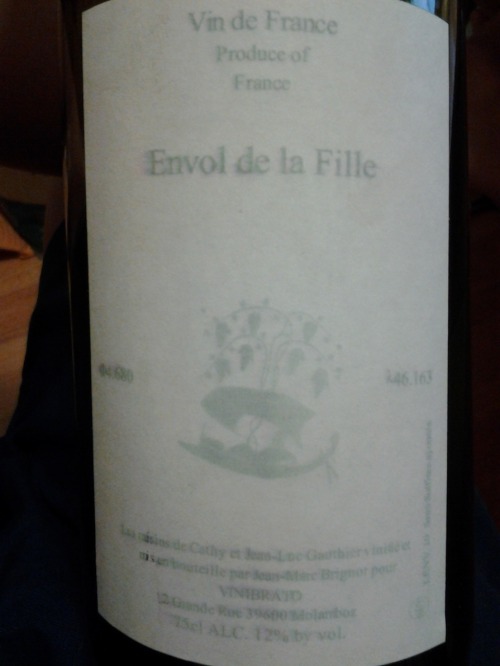
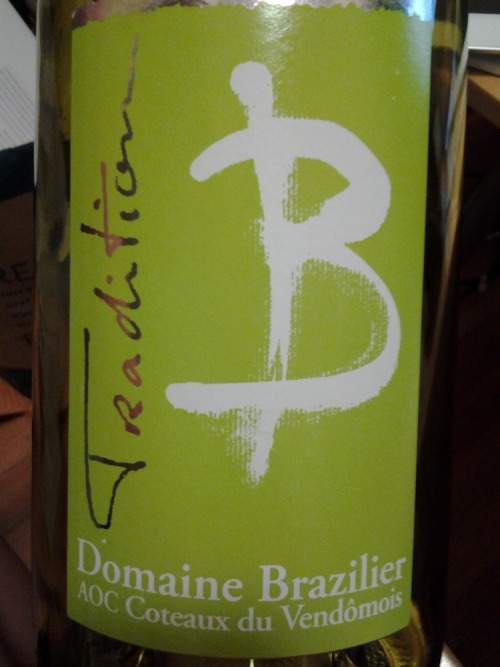
producer: domaine brazilier
name: "tradition"
colour: white
country: france
region: loire (coteaux du vendômois AOC)
grape: chenin blanc
vintage: 2010
price: $11.99 (discounted retail at the wine press)
drunk over: 4 days. resealed with the cork and stored cold.
starting temperature: approx 40F
alcohol: 11-14%
availability: this bottle is imported and distributed in massachusetts by vineyard road (selected by thomas calder) and available for retail at the wine press in brookline.
